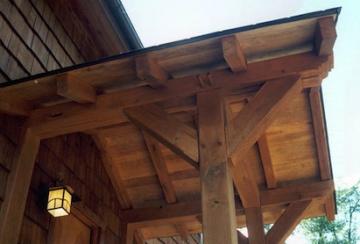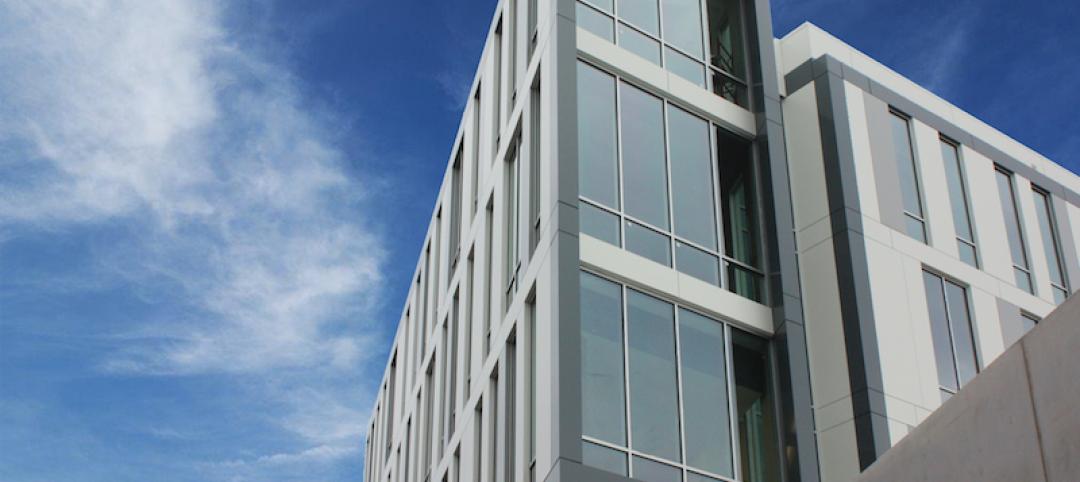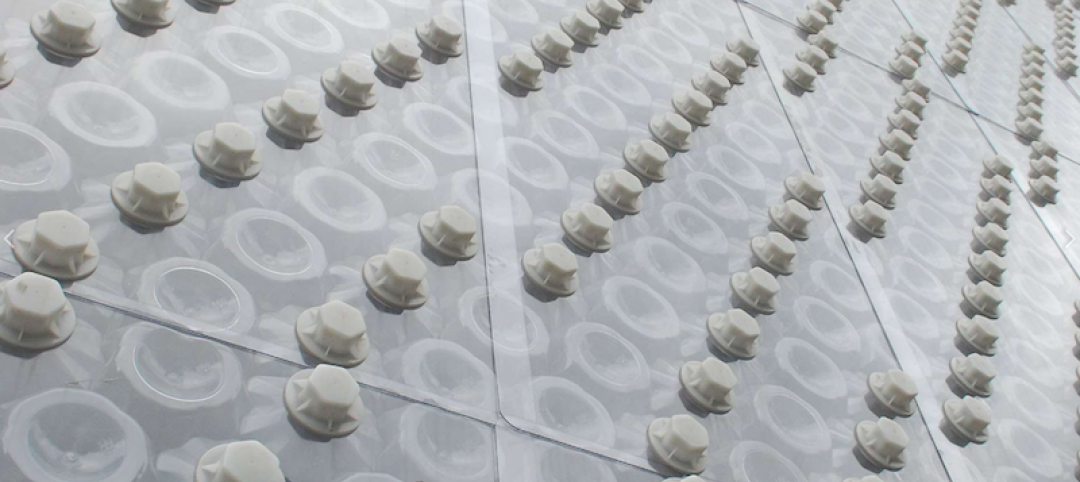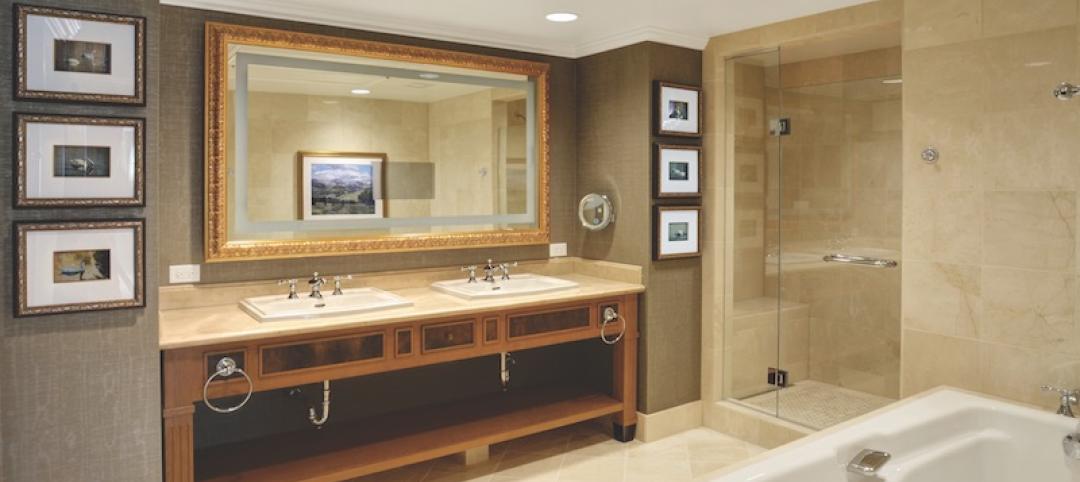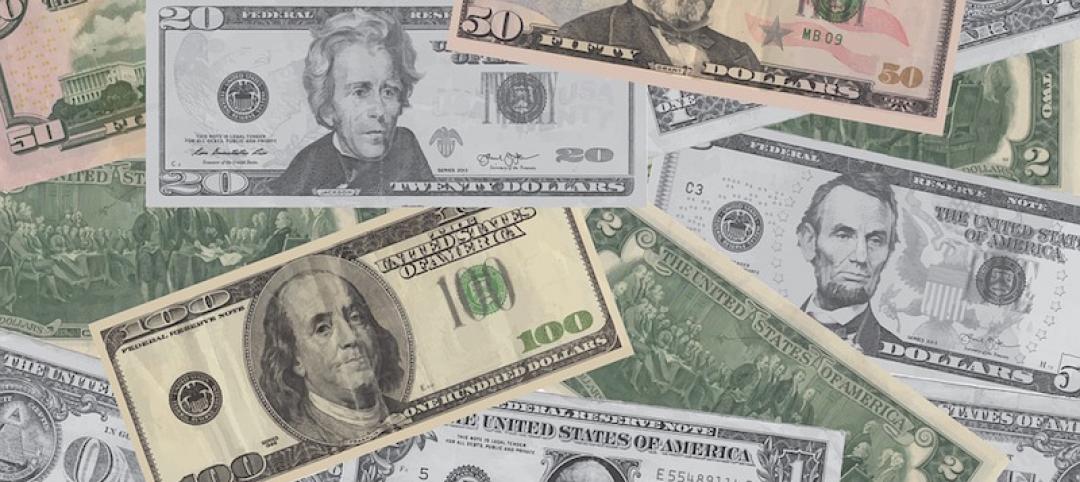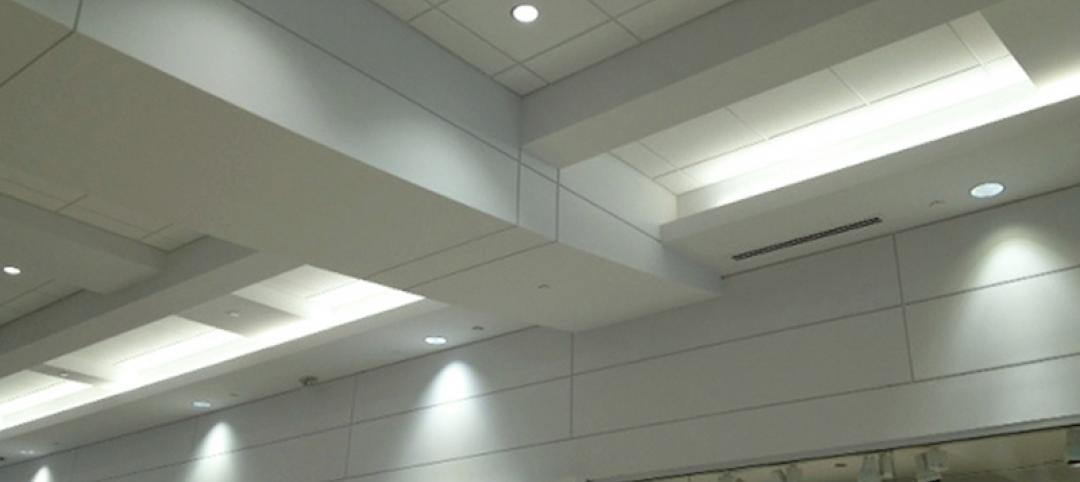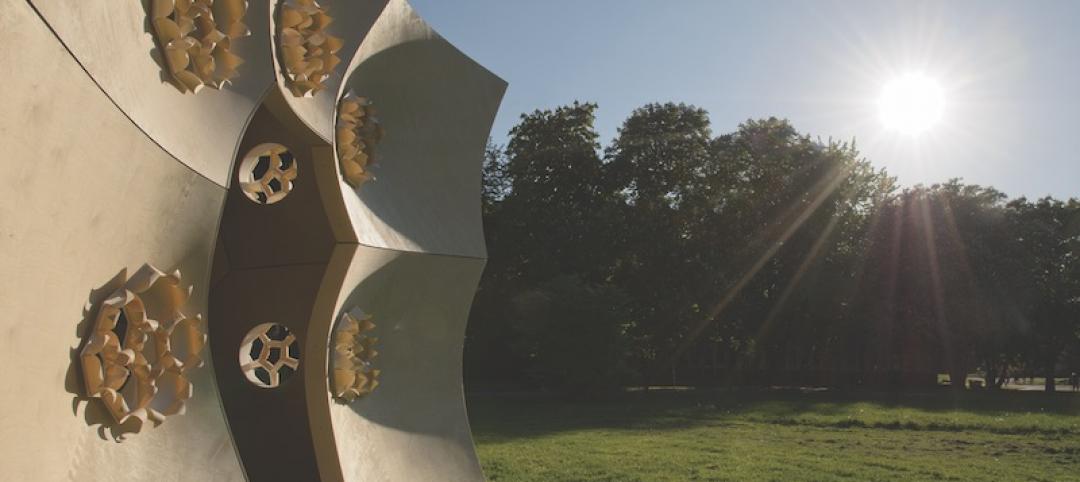Today, the U.S. Green Building Council (USGBC), developers of the global LEED (Leadership in Energy and Environmental Design) green building certification program, and Underwriter Laboratories (UL), the world’s leading safety and certification group, have announced an exclusive strategic partnership centered on building product transparency and occupant health and safety.
The partnership, the first of its kind in the building and certification industry, will roll out several targeted initiatives focused on increasing disclosure, awareness and transparency of building product composition and the manufacturing processes. The goal of the program is to accelerate market transformation and the overall quality and performance of buildings.
The first initiative of the partnership is the creation of a joint Environmental Product Declaration (EPD). EPDs are a standardized way of quantifying the environmental impact of a product or system. The joint USGBC-UL EPDs are a solution to increase transparency in building materials and products that are being used in our buildings, homes, schools, hospitals and other structures.
“UL is the foremost established leader in the EPD field and is uniquely positioned to provide third party assurance for the LEED green building program. We are thrilled to engage in this partnership which we believe will make a great impact across the market – both for manufacturers that want to establish themselves as leaders in the marketplace and for consumers who are increasingly demanding transparency in what is being used to construct and maintain the places where they live, learn, work and play,” said USGBC President, CEO & Founding Chair Rick Fedrizzi.
“Lifecycle impacts and human health are two of the key underpinnings LEED. We believe in buildings and products that limit environmental impact from conception to completion and that optimize the health of our families, colleagues and customers. UL is the world’s leading safety consulting and certification group, and our partnership will advance that mission enormously,” continued Fedrizzi.
“USGBC, creators and developers of the global LEED Green Building Rating system, are natural strategic partners for the work that UL is continuing to lead in the marketplace,” stated Sara Greenstein, president of UL's Environment and Information and Insights Business Unit. “As a global leadership standard for green buildings, USGBC’s commitment to material transparency as a key component of human health and wellness in LEED makes for a partnership that will reverberate throughout the industry.”
Buyers are demanding to know the full extent of a product’s environmental and health impacts,” continued Greenstein. “Transparency into the impacts of a product at each stage of its lifecycle has become a critical driver of purchases and specifications. Since this market is still evolving, and because the quality and consistency of data can vary greatly, we are working diligently to ensure that buyers and LEED users can trust that the information on which they rely is accurate, and that it complies with the new credit requirements. This partnership between USGBC and UL will help businesses, individuals and project teams better understand the products they are including in their building projects, and have greater clarity about how those products can contribute to LEED credits,“ Greenstein concluded.
Scot Horst, Senior Vice President for Global Innovation and LEED at USGBC stated that USGBC would continue to forge strategic alliances such as these in the marketplace in order to drive the customer experience toward increased consumer education.
“As LEED continues to evolve and we look at how USGBC can continue to transform the marketplace, we know that increased consumer education and market knowledge will drive consumer choices to more responsible and sustainable products. This is the first time USGBC is tying the built environment to products that will receive LEED credit, which is a huge step toward preventing green-wash and clear consumer market choice.”
Horst continued, “This partnership will accelerate LEED in the marketplace and help maintain its leadership standard through technical rigor and stringency. Equally important, it will incentivize those product manufacturers out there who are doing amazing things with their products and establishing themselves as leaders within their industry. We want to create a system to reward them.”
EPDs provide a credit achievement path in LEED v4, the newest version of the LEED rating system that is being released this week at USGBC’s annual Greenbuild International Conference & Expo. EPDs will help create avenues for future generations of LEED. “There is a great more to learn about life-cycle assessment and LEED and this USGBC UL partnership is the first step,” concluded Horst.
Related Stories
| Jun 13, 2017
Accelerate Live! talk: Next-gen materials for the built environment, Blaine Brownell, Transmaterial
Architect and materials guru Blaine Brownell reveals emerging trends and applications that are transforming the technological capacity, environmental performance, and design potential of architecture.
Sponsored | Building Materials | Jun 9, 2017
Problem solving in Asheville with R-Trac & ALPOLIC® materials
The developers of the recently opened Asheville City Center sought out a cost-effective design that met code requirements while still allowing the building to feel open from the outside.
Sustainability | May 16, 2017
1.5 million recycled plastic bottles were used to build this nine-story structure in Taipei
The building is made of Polli-Brick, a building material that comes from 100% recycled Polyethylene Terephthalate Polymer.
Building Technology | May 5, 2017
Tips for designing and building with bathroom pods
Advancements in building technology and ongoing concerns about labor shortages make prefabrication options such as bathrooms pods primed for an awakening.
Building Technology | Apr 21, 2017
AIA selects 2016 Upjohn Research Initiative Projects
Grants awarded to initiatives that study various aspects of design within the built environment.
Market Data | Mar 22, 2017
After a strong year, construction industry anxious about Washington’s proposed policy shifts
Impacts on labor and materials costs at issue, according to latest JLL report.
Sponsored | Building Materials | Mar 20, 2017
Vinyl reveals meet increasing demand
With a tight school renovation budget and timeline, the Oak Grove Elementary cafeteria, designed by RuckPate Architects/CS2 Designs, utilized Architectural Reveals to build curving soffits with a racing stripe reveal design.
Building Materials | Mar 13, 2017
11 transmaterials highlight the coming generation of building products
Fiber-reinforced plastic, 3D-printed stone, and programmable ink tiles are a few materials coming down the pike for the AEC industry.


